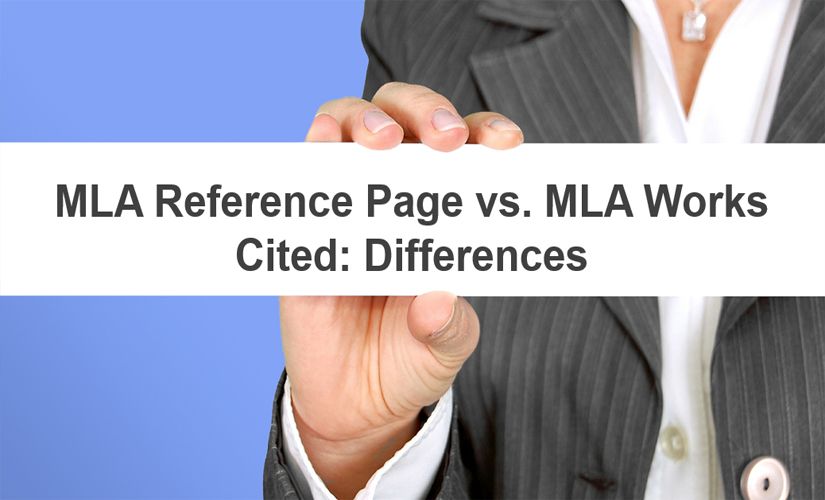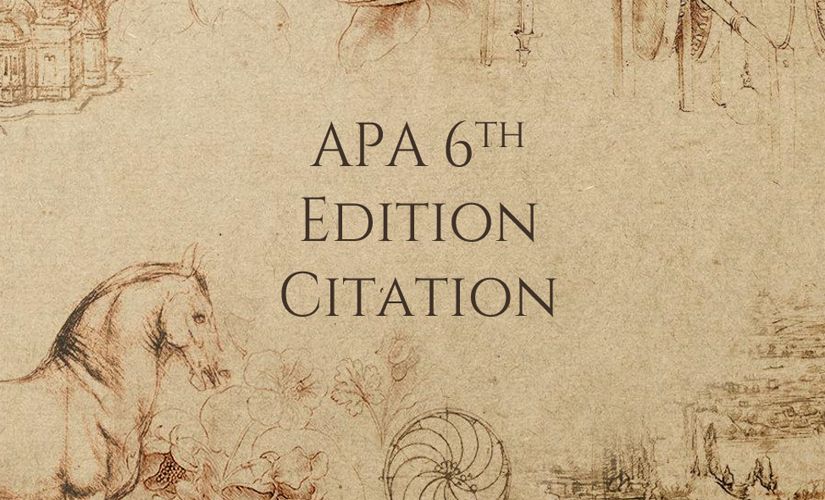Modern Language Association (MLA) provides guidelines to acknowledge sources cited in an academic paper. Basically, acknowledging sources improves the quality of academic writing. As a rule, the MLA style requires scholars to use text citations and bibliography entries for all quoted sources. In this case, every source in an in-text citation must appear in the “Works Cited.” Sometimes, scholars can list all the sources consulted during research and call it MLA reference page. However, this segment contains sources consulted and not necessarily cited. In particular, papers formatted in the MLA style should have the named “Works Cited” page, which includes full bibliographic details of all quoted sources and helps to authenticate evidence, unlike the MLA reference page.
Full Bibliographic Details
MLA Works Cited comprises of full bibliographic details of quoted sources. For example, the MLA format Works Cited identifies the author, title, publication, and location of all references. In this case, every entry should have the name of the author and the title of the source. Besides, every entry should have the publisher, Digital Object Identifier numbers and Internet links where applicable. Thus, the MLA format Works Cited page contains full bibliographic details that accurately identify quoted sources compared to the MLA reference page.

MLA Reference Page and List of All Sources
The MLA Works Cited section comprises of a list of all sources used in in-text quotations. For instance, the Works Cited page in MLA format should have a sequential list of the mentioned sources. Basically, every quoted source must appear in the Works Cited page. Also, the source should follow an alphabetical order by the surnames of the principal authors. In this case, the Works Cited page acknowledges all the sources used to support arguments in an academic paper. Hence, it helps to avoid plagiarism in a scholarly paper compared to the MLA reference page. Besides, the Works Cited page helps to substantiate the evidence used in an academic paper. Thus, the “Works Cited” page in MLA paper list all sources used in in-text references and enhance authentication of the information quoted.
List of Consulted Sources
The MLA reference page contains a list of consulted sources, arranged alphabetically. For example, this page contains the sources that a scholar accessed when writing an academic paper. In this case, the reference page includes sources that are unrelated to the topic. Also, the sources presented in the reference list should follow the alphabetical order. Along these lines, writers must use the last name of the author to arrange sources in the paper. Thus, the MLA reference page contains a sequential list of all the sources consulted when preparing an academic paper.
MLA Works Cited vs. MLA Reference Page
One should always talk about “Works Cited” in the MLA paper format since it contains sources relevant to a research paper. For instance, the MLA reference page includes both appropriate and unfitting sources. In this case, it is misleading and cannot help to authenticate quoted information. Thus, the MLA Works Cited page is suitable for research papers since it contains accurate sources of information.
Conclusion on the MLA Reference Page
In conclusion, papers in the proper MLA format should have the Works Cited section. Basically, the page contains full bibliographic details of all quoted sources. In this case, the Works Cited page helps to authenticate the evidence presented in a research paper. On the other hand, the MLA reference page contains consulted sources. Also, some sources in the reference page are not useful in supporting the arguments in an essay. Thus, one should talk about MLA Works Cited page since it helps to authenticate evidence presented in scholarly works.


